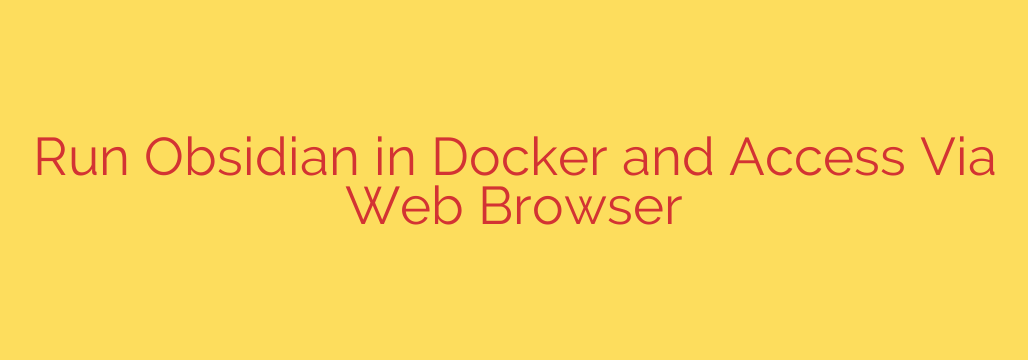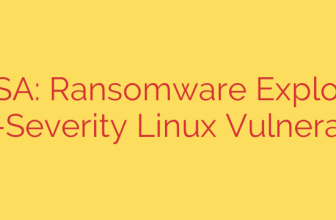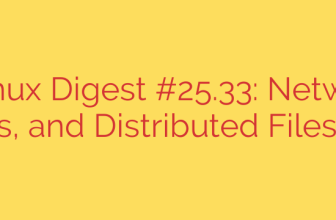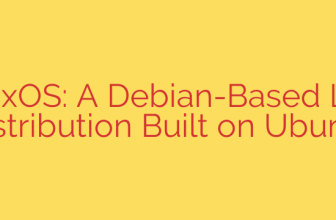
Unlock the power of your digital garden from anywhere! Imagine having your entire Obsidian vault accessible not just on your desktop, but through a web browser, allowing seamless access from any device, anywhere you have internet. This isn’t just a convenience; it’s a transformation in how you interact with your knowledge base.
The traditional method of running Obsidian is desktop-bound, often relying on third-party syncing services that can introduce complexity or privacy concerns. But what if you could host your vault centrally and securely, interacting with the full Obsidian application experience through a simple browser tab? This is where leveraging Docker becomes a game-changer.
By packaging Obsidian within a Docker container, you create an isolated, portable environment. This container runs the application on a server, network-attached storage (NAS), or even a powerful mini-PC, independent of your local machine’s operating system. The magic happens by pairing this with a remote access solution, typically involving VNC and a web-based VNC client like noVNC.
Here’s the core advantage: your Obsidian vault resides in a single, controlled location. All your notes, links, and graph view are live and available. You bypass the need for complex synchronization setups across multiple machines. Edits made via the web interface are instantly saved to the central vault. This method offers unparalleled flexibility and a robust, centralized way to manage your notes.
Setting this up involves finding or building a suitable Docker image that includes Obsidian and the necessary components for web-based graphical access. You’ll need to configure volumes to persist your vault data outside the container, ensuring your notes aren’t lost when the container is updated or restarted. Port forwarding is crucial to make the web interface accessible on your network.
For maximum security and usability, accessing this setup requires careful consideration. Running it over HTTPS is highly recommended to encrypt data in transit, especially if accessed over the internet. Authentication methods should also be implemented to prevent unauthorized access to your valuable notes.
This approach liberates your notes from the confines of a single device. It provides a powerful, secure, and highly accessible way to use Obsidian, ensuring your digital garden is always just a browser tab away, fully functional and centrally managed. It’s the next level in personal knowledge management, offering control and accessibility that traditional methods simply can’t match. Embrace the future of note-taking with a Docker-powered, web-accessible Obsidian setup.
Source: https://linuxhandbook.com/obsidian-docker-self-host/








